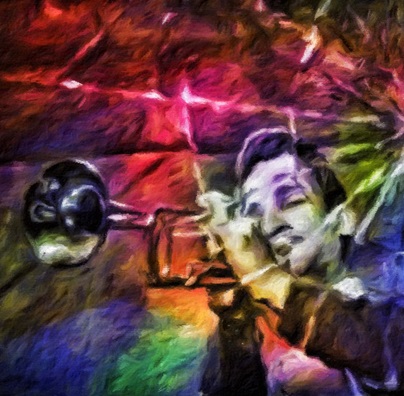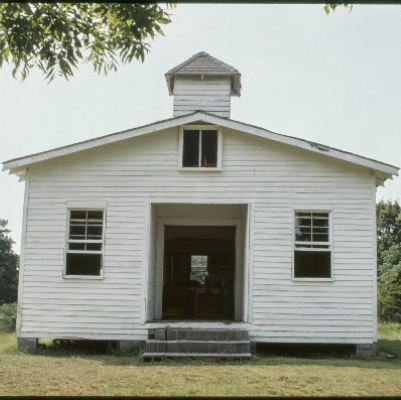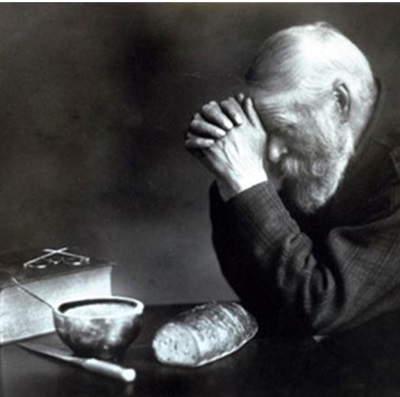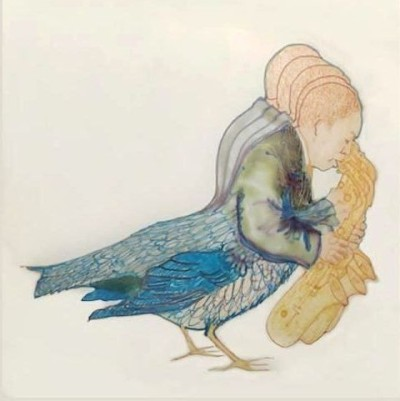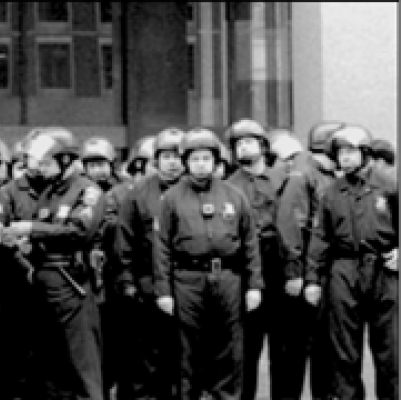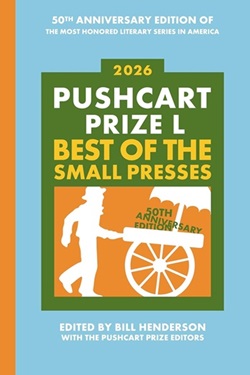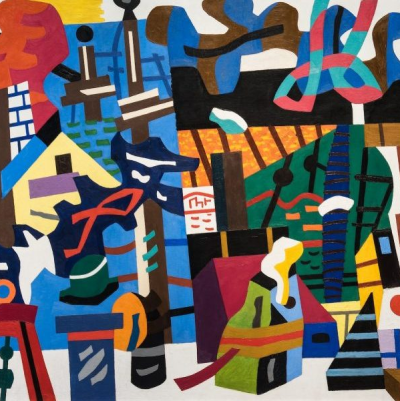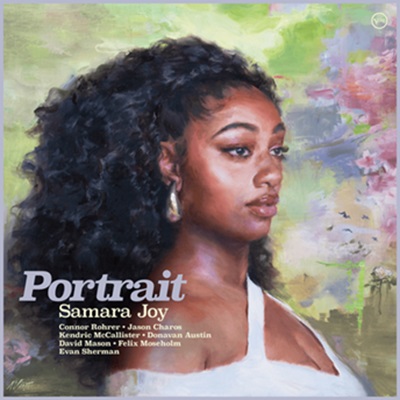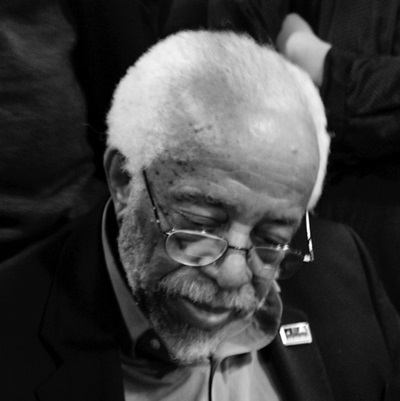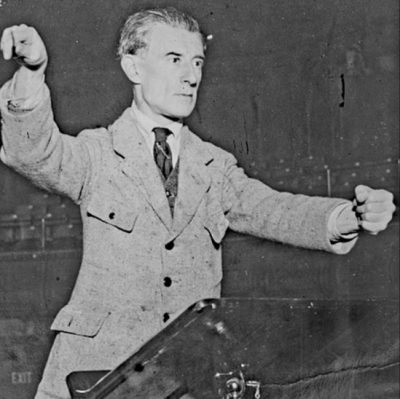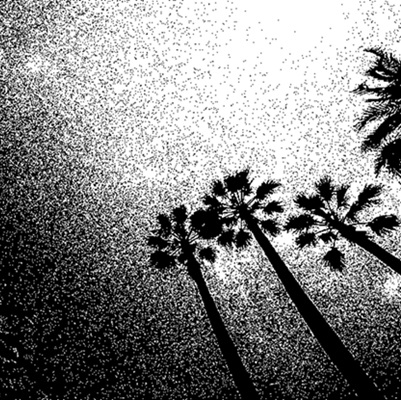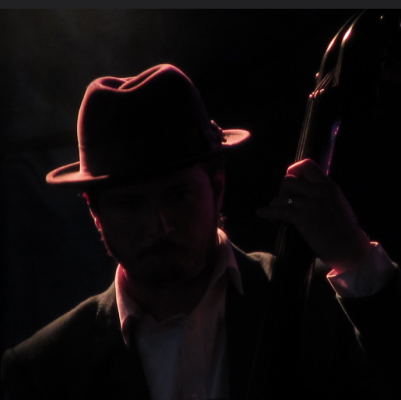In the preface to his book Jazz: A Critics Guide to the 100 Most Important Recordings, New York Times jazz critic Ben Ratliff writes, “You oughtn’t look at jazz only by its corners, its Hot Fives and Sevens, its Kind of Blues and Love Supremes. You have to look at what the corners surround.”
In this spirit, his book is an exploration of jazz in its many varied forms, and opens the reader’s ears to quite surprising recordings comfortably overlooked by other guides. While it includes many of the classics jazz historians have come to expect from such an endeavor, it also lists a variety of Cuban, Brazilian and avant-garde recordings even serious jazz fans may find puzzling, yet worthy of discovery.
In our January, 2003 interview, Jerry Jazz Musician contributor Paul Morris and Ratliff discuss the book, the logic of his choices, and his experiential perspective on jazz.
______________________________________
JJM So many of us grew up in the world of rock and roll and found our way to jazz somehow. How did you get interested in jazz?
BR Somehow, a Louis Armstrong record drifted into my house when I was ten or so, and I subsequently found out some things about Miles Davis and a few other jazz people. The big leap forward for me was being involved with radio station WKCR while a student at Columbia University. The station was an amazing community of completely different people, all united by the same obsessions, which was being on the air. I was one of the people who camped out at the station, which turned out to be a remarkably fast way for me to learn much about jazz because they had an enormous record library. I didn’t have to spend thousands of dollars at the record store to figure out what I liked and where I wanted to go. Even though WKCR is a college radio station, it is taken quite seriously in New York and has a wide, hardcore jazz listener following. Because of that, if I wanted to invite a musician on the air to talk, it was doable.
JJM So you got to do interviews…
BR Yes, and because we were in New York and I had this connection to the station, I got to hear music and meet musicians. I was suddenly “of that world.” I don’t know how I would have had that access and opportunity if not for my involvement with WKCR.
JJM Your book, The Essential Library of Jazz, lists 100 of the most important recordings in the history of the music. How do you see people using this book, either for those new to jazz or who are veteran jazz listeners?
BR The idea of this book was presented to me by New York Times Books, who have begun publishing a series of books written by their critics that take the form of the “100 Essential Documents” of different aspects of the culture, whether it be jazz, opera, film, etc. My book is the first of the series to be published. I never aspired to write a book like this, but I thought it would provide me with a decent opportunity to write about certain things in jazz history that interest me as a writer. It is an alternative way to write about jazz history, using records as the filter for it. The book is written for a very general readership, although there is enough specific information in it and enough semi-obscure recordings that people who do know about jazz would be interested in it also. The nature of the book is that it is a list, and a primary purpose of it is to provide a form of entertainment for those who read it and see if my choices correspond to theirs.
JJM You write in your introduction that you have a bias that favors understanding jazz as it is currently played.
BR Yes, that is because my job as jazz critic for the New York Times involves seeing live concerts, sometimes as many as three or four a week. Consequently, I am in tune with what is playing in the clubs and the incredibly wide range of what jazz sounds like now. What I meant by saying that I have a bias that favors jazz as it is currently played is that I believe jazz is in an emergency situation right now, and I am faced with that on a daily basis. I thought it would be most useful to write a book that is weighted toward the music as it is currently played, rather than burying myself in outmoded styles of jazz and holding those records up as lost paradises. I did put a lot of old records in there, but decided to put my biases up front and explain why so many that were recorded during the last forty years were chosen was because of the impact they have had on jazz as we know it now.
JJM Compared to similar books, you had much more information on free jazz and music of the last thirty years.
BR In general, there are inequities in jazz books that I wanted to address. In many of the jazz books I read growing up, I felt one of the inequities was that writers either knew nothing and cared nothing about free jazz or post-Coltrane type music, or loved it so much that they blathered on about it incoherently. I wanted to write a book that could have room for free and post-free and connect it sensibly with the rest of jazz history.
JJM I must say you got me digging out some of my old recordings. It was fun to listen to Roscoe Mitchell’s Sound, which I hadn’t heard in many years, and I was surprised that you put Miles Davis’ Get Up With It on your list of essential recordings.
BR I always favored that over Bitches Brew because, to me, parts of it are more beautiful and more austere. It is both lovely and frightening. And, it is the closing statement on that whole six-year period of electric music before Miles vanished and went mute for five years. Choosing this recording is an example of how I felt that it was important to make some choices that weren’t so obvious. Even if some of them seem a little perverse, I think it allows people to engage with those odd choices and question them, and maybe decide that they do like Bitches Brew better, but to think about why. When writing about jazz, there is way too much perceived wisdom and judgements that are basically repeated over and over again without thinking what they mean, and without thinking whether they still apply twenty or thirty years after the judgements were first made.
JJM You include several Latin jazz recordings by Machito, and by Tito Puente. Why were these important?
BR This goes back to the idea of my forthright bias about jazz as it is currently played. If you are going to pick up a book like this in 2003, you are going to want to come out of it with some sense of what jazz means, and to me that means what jazz means now, taking into account the present and the past. One of the ways jazz is heading right now is that it is “Latinizing,” just as our country is. I meet more and more musicians, especially drummers, who have either been to Cuba or have plans to go there to study with Cuban musicians. Their intent is to learn Cuban music in the proper way, without playing jazz with a light Cuban flavor and passing off bad watery rhumba as the real thing. I also believe that some of the most imaginative records in jazz in the last ten years have been Latin jazz records. Also, it is clear to me that Latin jazz has not been well represented in other jazz books. Martin Williams’ The Jazz Tradition, which is one of my favorites, and books that are more directly comparable to mine, like Len Lyons’ book about essential jazz records called The 101 Best Jazz Albums: A History of Jazz on Records, don’t represent Latin jazz very well. I had to ask myself, If my book is going to be different, how is it going to be different? Including Latin recordings seemed to be an obvious way to make it different.
JJM I compared your list to Len Lyons’ list and I found nineteen matches.
BR That is interesting. I still haven’t done that, but that sounds about right.
JJM A choice you made that one would think was peripheral to jazz was Bob Wills. Why is Bob Wills on your list?
BR Because those musicians really swung, and because they were all listening to Ellington and Basie. There were playing to different audiences and using some different ingredients, but they were, in their mind, absolutely part of the jazz tradition. I thought it was important that the best western swing be represented.
JJM Another surprise for me was seeing a Stan Kenton album on your list, New Concepts of Artistry in Rhythm. Your essay on Kenton was very interesting, and you included a wonderful photograph of Kenton behind the wheel of a bus.
BR Yes, the photo is by Lee Friedlander. Kenton’s music fell dramatically out of favor in the sixties. I have only recently found use for it myself, and part of that came from having experienced Bill Russo’s repertory band play some Kenton music live. People “dis” repertory bands all the time, but I find them incredibly useful because they help understand what this music was supposed to sound like, especially in big bands where there is such a wide soundscape. To hear how the music ricocheted around the different areas of the band is essential in understanding it on the level the composer and the arranger intended for the listener. I have gone back to those Kenton records and find fascinating things in them — and some very flat footed things too — but the best way to understand any form of music is through its nearly perfect statements as well as its overindulgences and near misses.
JJM Before I ask you about another surprising choice, I want to insert that you cover the Ellington and Armstrong and Parker recordings that everyone would expect to find in this book, and your essays are insightful and fun to read. Having said that, I do want to ask you about the unusual choices. You include a Louis Jordan anthology, and you make the comment that “Louis Jordan was one of the most important musicians of the twentieth century.”
BR Jordan was part of jazz, part of R&B, and was one of the most important wellsprings for rock and roll, so, in a sense he was some of the best of twentieth century American music in a nutshell. He was connected to all these various ways in which the music could go. Although one could find his music somewhat frivolous, I find it to be wise and witty. It is great stuff. Jordan has had some impact on some jazz musicians. Whenever I can, I like to point out that jazz doesn’t need to be considered as a very rare, very special, very cordoned off area of music. The more jazz is connected to the rest of popular expression in America, the better off we all are. When it is, we can enjoy it more and we can feel that it is has made an impact, rather than just receding further and further into obscurity.
JJM You use the term “perverse” to describe some of your choices. Tell us about the choice of an organ jazz record by “Baby Face” Willette called Face to Face.
BR Face to Face transcends the cliches of organ jazz records, of which there are many. There is a drive and a gut feeling on the record — and really excellent playing — that makes you feel that you are not listening to just another organ record. There are tons of “just another organ records” out there. The further into the book I got I realized that each record I suggested to do a certain job. That job might be to talk about a single musician or a style or a school of thought or an era. When I got to a certain point where a record had to do the job for a tenor or an organ recording, I just chose the one I loved the best.
JJM The inclusion of the Brazilian record by Moacir Santos was a surprise
BR I thought it would be fun to put in a record that was legitimately brilliant but which few people have ever heard. Also, it was a way to talk about how American styles made their way to places like Brazil without anybody in America ever realizing that. I hear a Gerry Mulligan big band influence in the Santos record, Coisas, but I also hear great originality in Santos’ composing. I thought that the record is strong enough to stand up on its own as a top 100 choice. Also, Santos is still living, and I thought it was important to have as many recordings in the book by people who are still living as I could.
JJM In addition to your top 100, you have a second 100 that you have labeled, “More albums you should own or at least know about,” which include many interesting choices that people are going to want to check out. You comment in your introduction, “Don’t come to me with your ‘why didn’t you put this on your list until you have looked at that one.'” But, I am going to come at you with a couple “Why didn’t you put this on your list? questions, and tell me what you think. How come there is no Bud Powell in your top 100?
BR I realize now that that’s a problem, and it is number one on my list of regrets. I can give you some more too! It’s funny, while doing this book I cornered myself into all kinds of strange processes of logic that seemed to make sense at the time. The great thing about Martin Williams’ The Jazz Tradition is that he was able to revive it. I hope at some point to revive this book, because there are things that I would take out and there are things that I would add to it. Immediately, once I saw the book and read through it from beginning to end, I noticed that the absence of a Bud Powell record from the top 100 was palpable, even though I put one in the alternative 100. I think my reasoning at the time might have been that I didn’t want to spend too much time on bebop, and that I had briefly discussed Powell elsewhere in the book. But you are right to question me about why I left Powell out, and I will tell you a couple more that should have been in the book. Now He Sings, Now He Sobs, by Chick Corea is one, and the record Nancy Wilson made with Cannonball Adderley should be in the book too, just because it is perfection. It would have been a good place to talk about how you don’t need to be an absolute original to make nearly perfect art. You can say that at that time Nancy Wilson sounded a lot like Dinah Washington, but it doesn’t matter. She had such control over her craft, and the record is such a beautiful thing.
JJM Yes, it is certainly her best. Another artist not on your list is Wes Montgomery.
BR Yes, I considered him. I thought a lot about guitar records, and even though I grew up playing guitar, I think that is the instrument that gets short shrift in the book.
JJM You have Django in there, Charlie Christian and Grant Green is noted for his performance on the “Baby Face” Willette record as well as being listed in the second 100.
BR That’s right. I don’t know what to tell you about why I left Wes Montgomery out.
JJM You say that you have a level of dissatisfaction with records as opposed to performances. Why?
BR I sort of want it all. When I go to hear music live, I want to be reminded of why people make music in the first place. I want to be part of the audience participation, and see how the artists react to the needs of their constituency. That is not something you can get from records. Many records, including the ones I write about in the book, are brilliant, but there is something I like even more about live performance because the artist does it and then it is gone. There is a blank slate on the next set and the artist can start over, do it better or do it differently. I am influenced by a couple of people who have written about this sort of thing, and who are usually described as “musicologists,” but to me they are just good thinkers. One of them is Christopher Small, who wrote a great book called Musicking, and the other is Charlie Keil, who has written a lot about music as a participatory act — including their audience in the participation. Because I witness so much live music, I have to rationalize for myself why I keep doing it, and why I like to go through the process of getting to the club, sitting down, clearing my mind, and experiencing something new. I enjoy this much more than sitting down alone, concentrating on a record. That is just the way my mind works.
______________________________
The New York Times Essential Library: Jazz:
A Critic’s Guide to the 100 Most Important Recordings
by
Ben Ratliff
*
JJM Who was your childhood hero?
BR The people who were my heroes as a kid, in the end, don’t make the cut. I think they were idols but not heroes. Pete Rose, Richard Wright, John Malkovich, Keith Richards or Miles Davis are people I loved for one aspect of their lives, but the more I learned about them, the less I felt that I could be influenced by them as complete human beings. I am a parent and whoever my hero is has to be someone who is a good parent. So, I have friends and relatives who are more heroic to me than most of my favorite artists. But I would say that Duke Ellington is a heroic figure to me.
__________________________
Ben Ratliff products at Amazon.com
_______________________________
Interview took place on January 27, 2003
*
If you enjoyed this interview, you may want to read our interview with American popular standards biographer Will Friedwald.





